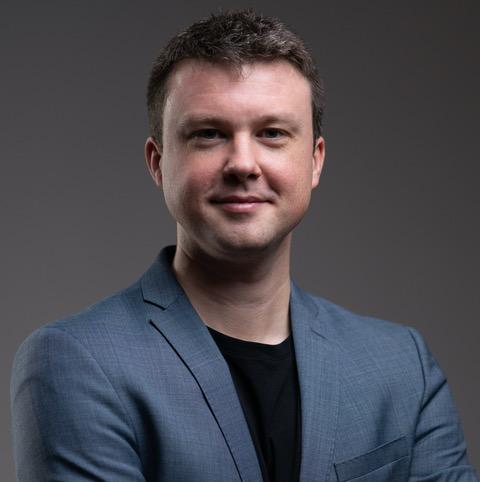Introduction
Welcome to the website of the Sirius A symposium!
S.T.A.R. Talks will continue its annual symposium in 2025. Hosted in the Dot Live Planetarium on the 13th May, there will be a collection of speakers with various backgrounds in the field of astronomy to talk on a theme (secret for now) throughout the day. Be sure to keep an eye on the website and our Instagram page (@siriusa_star_talks) to not miss anything. Furthermore, feel free to explore this page to have a look at last years symposium.
Last year

Tim Lichtenberg
Dr. Tim Lichtenberg is an assistant professor at our very own RUG, and heads the Forming Worlds research team. His research centers around the formation and evolution of rocky exoplanets, with the ultimate aim of furthering our understanding of the origin of life in relation to the evolution of planetary conditions.
Talk: Formation and Evolution of Terrestrial Worlds

Floris van der Tak
Prof. Dr. Floris van der Tak is a senior scientist at SRON and the Kapteyn Institute. Over the years he has worked in collaborations with several space projects, including Herschel, SPICA and most recently LIFE - a candidate for ESA's next Large Mission focussed on detection of exoplanets and their atmospheres. His areas of expertise include the Interstellar medium, star formation, interstellar chemistry and astrobiology.
Talk: The likelihood and appearance of life beyond the Earth

Ana Heras
Dr. Ana Heras has worked at ESA for over 25 years, and works currently as project scientist for Plato: a space observatory that will search for planets similar in size to Earth orbiting sun-like stars. As project scientist, Dr. Heras' focus is on defining the observatory's key scientific objectives and specifying its capabilities.
Talk: ESA's fleet of exoplanet missions: Investigating uncharted worlds

Joseph Callingham
Dr. Joseph Callingham has expertise in the fields of radio astronomy, extragalactic astronomy, stellar systems and high-energy astrophysics. Dr. Callingham works at ASTRON as the head of the Square Kilometer Array science group, and teaches at Leiden University.
Talk: Life around a radio star

Nicol Caplin
Dr. Nicol Caplin extensively studied plant biology before coming to work at ESA in the field of astrobiology. She now works as an exploration scientist for ESA and ESTEC, and works in the fields of space radiation and radioecology.
Talk: Towards the Search for Life: European Space Agency Astrobiology Research Activities

Veronica Allen
Veronica Allen completed her PhD at the Kapteyn Institute in 2018, after which she obtained a fellowship at the NASA Goddard space flight center for three years. Now back here in Groningen, she researches the origins of molecules within star-forming regions.
Talk: Astrochemistry and the origin of life
The Symposium will take place at the DOT Liveplanetarium (Vrydemalaan 2, 9713 WS Groningen, the Netherlands). This unique location’s best known feature is the large white dome, within which our Symposium will be taking place! The dome offers a large amount of comfortable seats under which you can gaze on the night sky - even in broad daylight.
About
The Sirius A symposium is an event organized by Sirius A - the study association for Astronomy at the University of Groningen. All aspects of the event were planned by students in the association's S.T.A.R. Talks committee in their free time.
For more information about Sirius A, please visit siriusa.nl.
If you have any questions send us an email at Startalks@astro.rug.nl .

